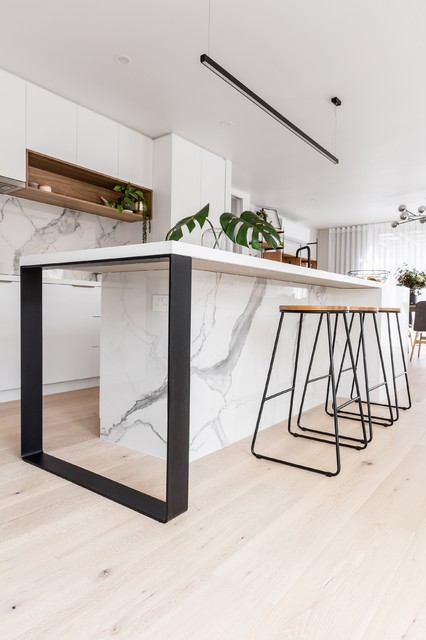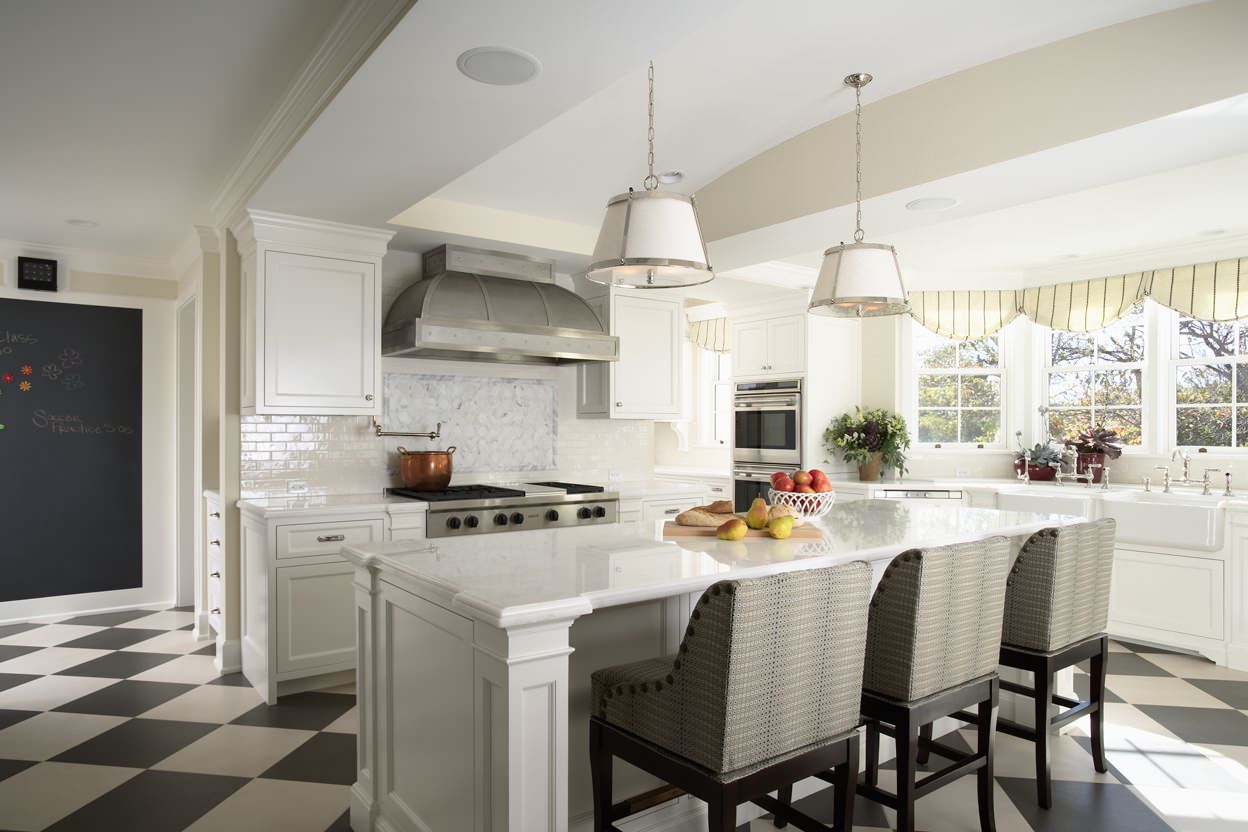Just How to Select the Perfect Kitchen Area Island Leg to Enhance Your Cooking Area Style
Picking the perfect kitchen island leg is a nuanced procedure that needs careful consideration of numerous elements such as style design, performance, and material. An appropriate leg can not only sustain the framework yet additionally serve as a defining aspect that enhances the general visual of your kitchen area.
Examine Your Cooking Area Style
When it concerns choosing a kitchen area island leg, it's vital to analyze your cooking area style to make certain a cohesive design. The cooking area is typically the heart of the home, and the island offers as a useful and visual prime focus. Therefore, the choice of leg style ought to reflect the general theme of your cooking area, whether it be contemporary, traditional, farmhouse, or commercial.
As an example, in a contemporary kitchen, smooth, straight legs in a minimalist style may improve the structured look. Conversely, a rustic kitchen may gain from heavy, transformed legs that convey heat and personality. If your kitchen features a traditional decoration, take into consideration delicately developed legs that resemble standard craftsmanship.
Pay attention to the proportions of both the island and the surrounding space; the leg's scale should match the total dimensions. By straightening your leg choice with your kitchen's design, you develop an unified and welcoming setting that mirrors your personal visual.
Take Into Consideration Material Options
Picking the appropriate material for your kitchen area island leg is essential, as it influences both sturdiness and visual charm. Numerous products use unique benefits and can significantly affect the total layout of your kitchen.
Wood is a prominent choice, understood for its warmth and flexibility. It can be discolored or repainted to match your cooking area's color pattern, supplying a classic look. Nonetheless, it might require more upkeep to stop damages from moisture and heat.
Metal legs, such as stainless-steel or functioned iron, evoke a modern and industrial feel. They are resistant and unbelievably sturdy to damages, making them excellent for high-traffic locations. Metal can also be ended up in numerous ways, permitting customization in terms of structure and shade.
An additional alternative is composite products, which combine looks with usefulness. These can resemble the look of wood or metal while typically being lighter and much easier to keep.
Last but not least, take into consideration rock legs, which can bring a glamorous touch however might require extra structural support. Each material has its special features, so it's necessary to select one that lines up with your cooking area's general style vision while making certain long life and functionality.
Explore Style Features
Numerous style features can boost the functionality and visual charm of a kitchen area island leg, making it an important component of the general cooking area layout. One essential element to consider is the style of the leg, which can range from traditional turned designs to sleek, contemporary lines. The option of style ought to match the existing kitchen cabinetry and components, producing a natural appearance.
In addition to design, the coating of the leg can dramatically affect the kitchen's visual appeal. Options such as repainted, stained, or all-natural surfaces can either highlight the leg as a declaration piece or enable it to mix seamlessly into the cooking area atmosphere. Decorative elements, such as decorations or carvings, can additionally add personality and originality, transforming an easy leg into a focal point.
In addition, incorporating practical features like open shelving or integrated storage can improve utility while preserving aesthetic worth. The interaction of these layout includes not only raises the kitchen area island leg's appearance yet likewise contributes to the total functionality of the kitchen area space. By thoughtfully picking these elements, home owners can guarantee their kitchen island leg offers both functional and decorative purposes.
Determine Size and Height

Usually, the standard height for kitchen area island legs is around 30 inches, which lines up with the height of typical kitchen counters and dining surfaces. If your island offers a dual purpose, such as a breakfast bar, you may consider a greater leg determining 36 inches. kitchen island leg. This elevation promotes a much more laid-back eating experience and fits bar feceses comfortably
In regards to width, the leg should not just give appropriate support however additionally keep aesthetic balance. A size of 3 to 5 inches is normally suitable, enabling for adequate security without overpowering the total design. Furthermore, consider the spacing between the legs; they need to be positioned to permit very easy movement and accessibility around the island.
Ultimately, taking specific dimensions and thinking about the planned use the cooking area island will certainly lead you in selecting the suitable size and elevation of the legs, ensuring both aesthetic allure and sensible capability in your kitchen area style. kitchen island leg.
Budgeting for Your Option

Following, identify the design that aligns with your kitchen's visual. Custom-designed legs might come with a premium, while pre-fabricated alternatives typically supply price savings. It's necessary to stabilize your desired visual with the practicalities of your budget.
Take into consideration additional expenses that may occur, such as installation or ending up. If you're planning to hire a specialist for installment, consist of these expenditures in your spending plan.
Lastly, designate a contingency fund for unforeseen expenses that may arise throughout the renovation. By meticulously assessing these elements, you can make enlightened choices that not just enhance your kitchen's style however likewise keep your remodelling within monetary reach. A well-planned budget plan will certainly guarantee that you achieve the preferred appearance without endangering your financial objectives.
Final Thought
To conclude, picking the ideal kitchen island leg demands mindful factor to consider of numerous aspects, consisting of the overall kitchen style, material choices, design functions, and appropriate dimensions. By straightening these aspects with the preferred visual and functionality, a unified and aesthetically enticing kitchen area island can be accomplished. Additionally, budgeting for the selected products and installation will make sure that the choice process stays functional and practical, inevitably enhancing the kitchen area's design Discover More Here and functionality.
When it comes to selecting a cooking area island leg, it's important to assess your kitchen design to guarantee a cohesive design.Numerous style functions can improve the performance and visual appeal of a kitchen area island leg, making it an essential component of the total cooking area design. The interaction of these design includes not just boosts the cooking area island leg's look yet additionally adds to the overall capability of the cooking area space.Developing a spending plan for your kitchen island leg is a vital step that can substantially impact your general kitchen renovation prices.In conclusion, picking the optimal kitchen area island leg necessitates cautious factor to consider of numerous aspects, including the general kitchen style, material alternatives, design attributes, and suitable measurements.